The competition amongst smartphones now has evolved into who has the bigger display size and camera capabilities. One of the front runners of the race had always been Apple, who has consistently impressed with their sleek models, even before they transitioned into full-on touchscreen display.
Knowing that the tech giant still has a good number of Apple iPhone fans who are still holding onto the older models, unwilling to compromise for a display without a home button, they’ve decided to bring back what works best with this group — a second-generation iPhone SE.
The affordably priced iPhone SE (from $649) may look similar to an iPhone 8 with its notable Touch ID home button but it has definitely undergone some upgrades since 2016 to include a 4.7-inch Retina HD Display, with a single-camera system that’s equipped with Portrait mode technology and a powerful processor which uses the A13 Bionic chip; the same chip powering the iPhone 11 and iPhone 11 Pro models.
Beloved Design with a 4.7-inch Display

The iPhone SE features an aerospace-grade aluminum and durable glass design with an all-black front, with a backing available in black, white and (PRODUCT)RED. The rear glass finish includes the signature centered Apple logo and is made using a seven-layer colour process to obtain a precise hue and opacity that delivers a rich depth of colour alongside a colour-matched aluminum band. It is designed to be water-and-dust resistant with an IP67 rating for water-resistance of up to one metre.
Much like the display of the newer iPhones, the 4.7-inch Retina HD display uses True Tone which helps adjust the white balance to match the ambient light for a more natural, paper-like viewing experience. The vibrant wide colour gamut Retina HD display offers incredible colour accuracy, and supports Dolby Vision and HDR10 playback. The iPhone SE also uses Haptic Touch for Quick Actions which includes animating Live Photos, previewing messages, rearranging apps as well as for contextual menus.

Probably something that most iPhone users would find fondly familiar is the Home Button that has been designed with sapphire crystal for durability to protect the sensor, and a steel ring to detect a user’s fingerprint for Touch ID. While the iPhone SE may have the look and feel of its previous generation, there is no chance of a return for the earphone jack as the phone adopts the same lightning connector as the recent models of iPhones.
Powered by the A13 Bionic and iOS 13
Compared to the first-gen iPhone SE which used the Apple A9 chip back in 2016 as well as the iPhone XR that uses the A12 Bionic, the all-new 2020 version of the affordable iPhone SE is powered by the A13 Bionic — the exact same chip that is built into the iPhone 11, iPhone 11 Pro, and iPhone 11 Pro Max.

Even though it may be compact in size, the A13 Bionic allows for the new iPhone SE to be able to handle system-heavy tasks such as photography, gaming and augmented reality experiences to create a smooth user experience, much like their higher-end iPhone models. The A13 Bionic also enables a great battery life for the new generation of iPhone SE with wireless-charge capability that supports fast-charging of up to 50% charge in just 30 minutes.
Running on iOS 13, iPhone SE users will get a seamless experience with software and hardware integration, unlike other smartphones. The iOS 13 allows users to pick a more dramatic look with the Dark Mode; a more private way to sign-in to apps and websites using Sign In with Apple, and an all-new Maps experience that delivers faster and more accurate navigation with street-level imagery in Look Around.
Single Camera with Portrait Mode
The iPhone SE features a single-camera system with a 12-megapixel f/1.8 aperture Wide camera, and uses the image signal processor and Neural Engine of the A13 Bionic to unlock even more benefits of computational photography which includes the Portrait mode, all six Portrait Lightning effects, and Depth Control. Using machine learning and monocular depth estimation, the iPhone SE is able to take stunning Portraits with the front camera as well.

What would probably make the iPhone SE different from other single-camera phones is the next-generation Smart HDR which intelligently re-lights recognised subjects in a frame for more natural-looking images with stunning highlight and shadow details.
Videos have also been made more immersive with stereo audio recording and cinematic video stabilisation on the front and rear cameras. The rear camera supports high-quality video capture at 4K up to 60fps, with an extended dynamic range for more highlight details of up to 30fps. The iPhone SE also features QuickTake video on the front and rear cameras which allows video recording without switching out of Photo mode.
Pricing and Availability

The Apple iPhone SE will be available in 64GB, 128GB and 256GB in black, white and (PRODUCT) RED starting from $649. You can pre-order the phone online and through the Apple Store app beginning at 5am PDT on Friday, 17 April 2020. The phone will go on sale through Apple Authorised Resellers and select carriers from Friday, 24 April 2020.
For more information on the Apple iPhone SE, click here.
Banner image credit: Apple



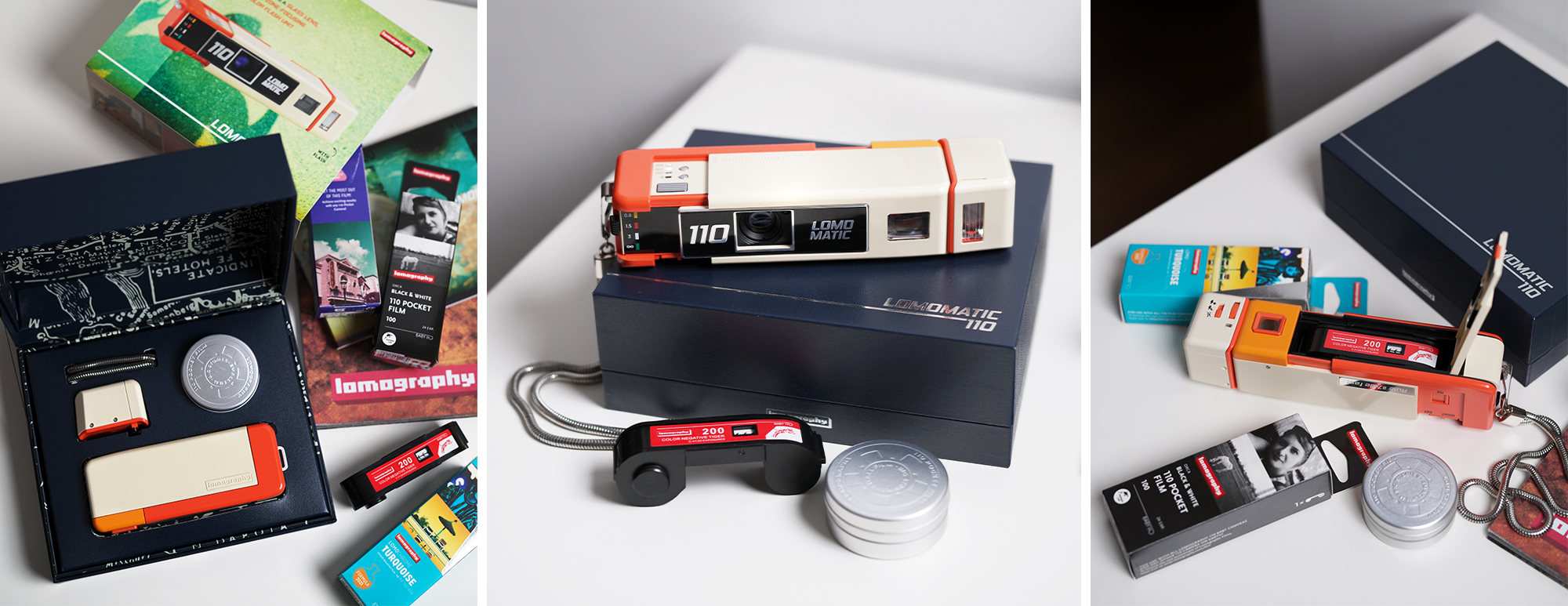
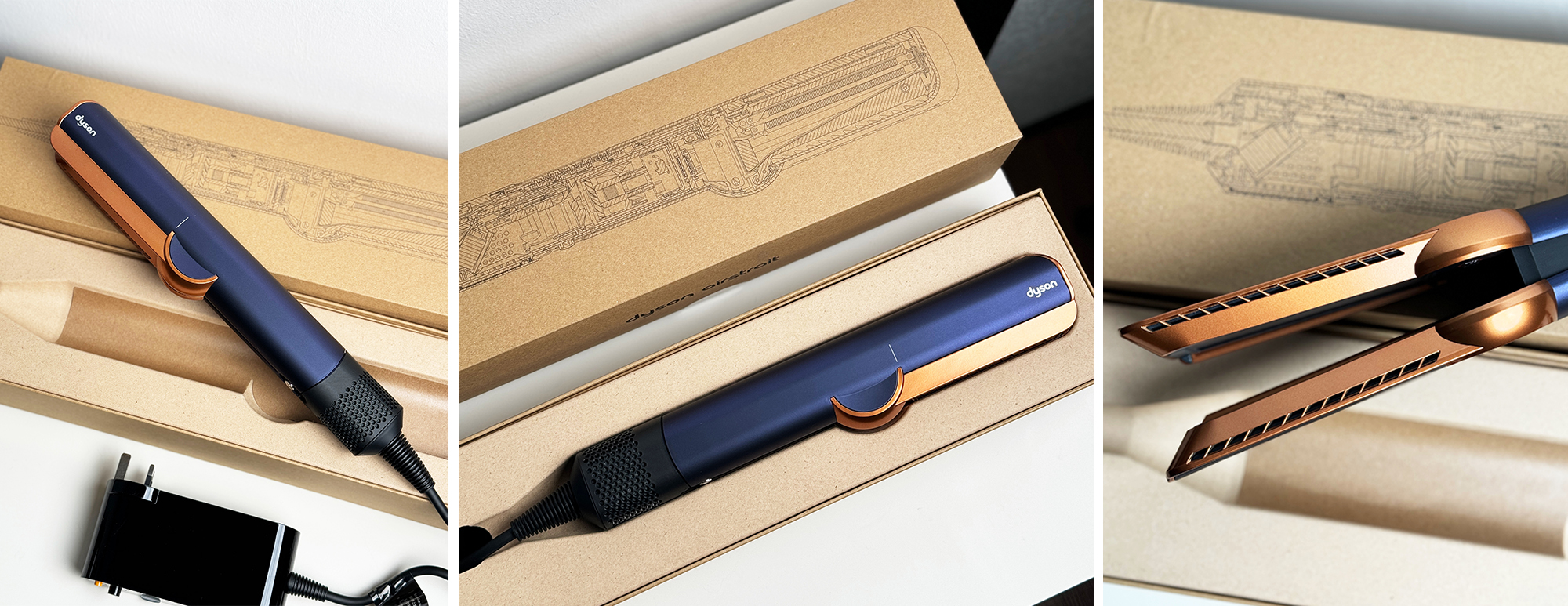
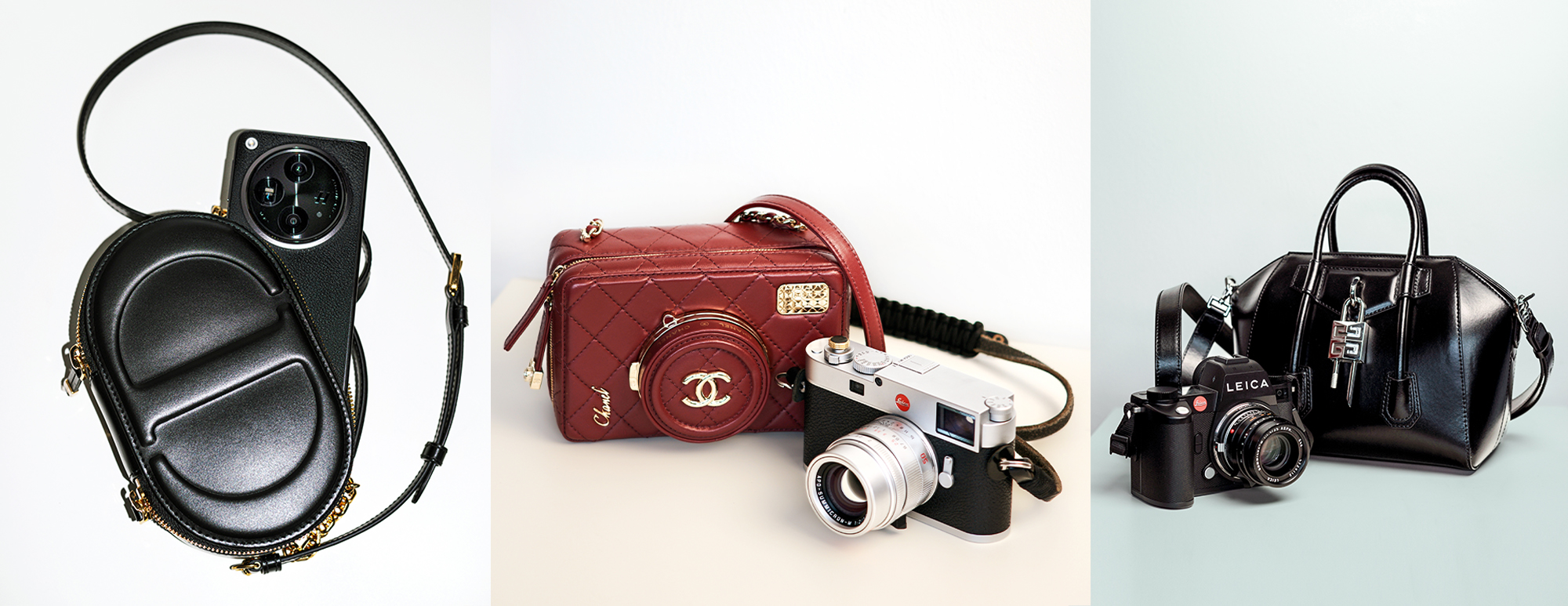
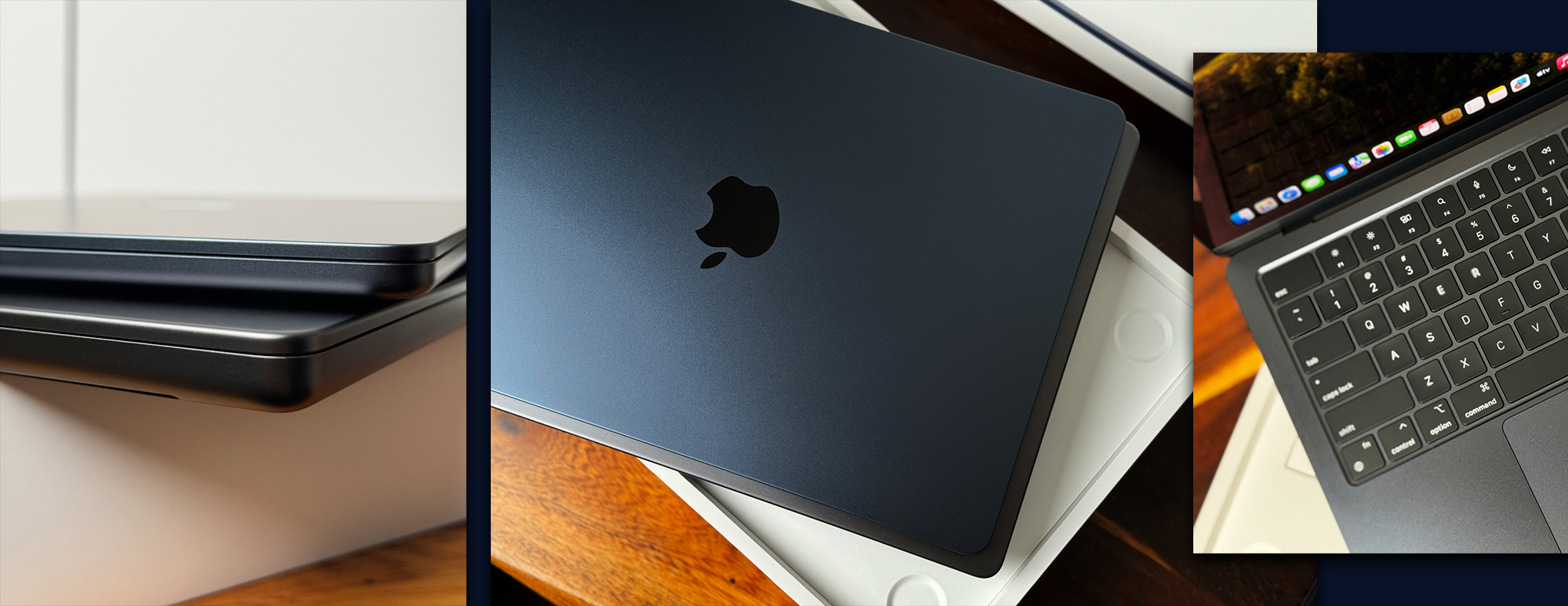
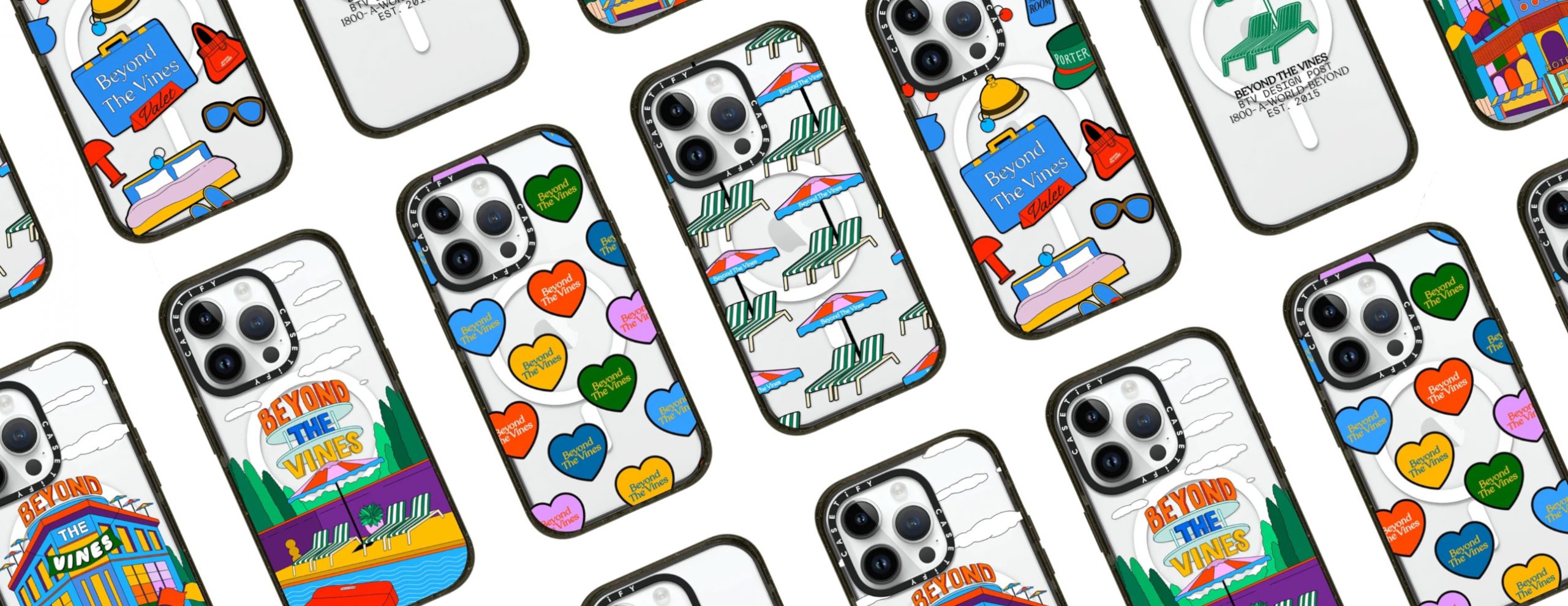

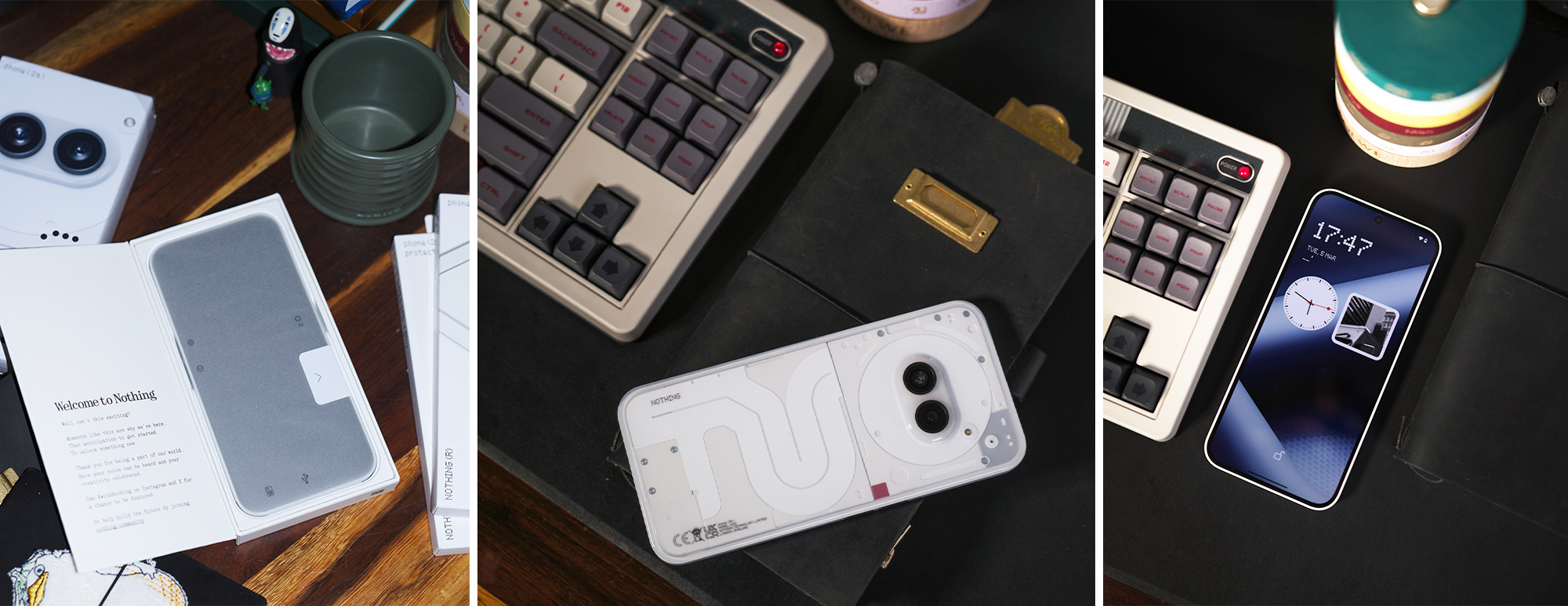

You must be logged in to post a comment.